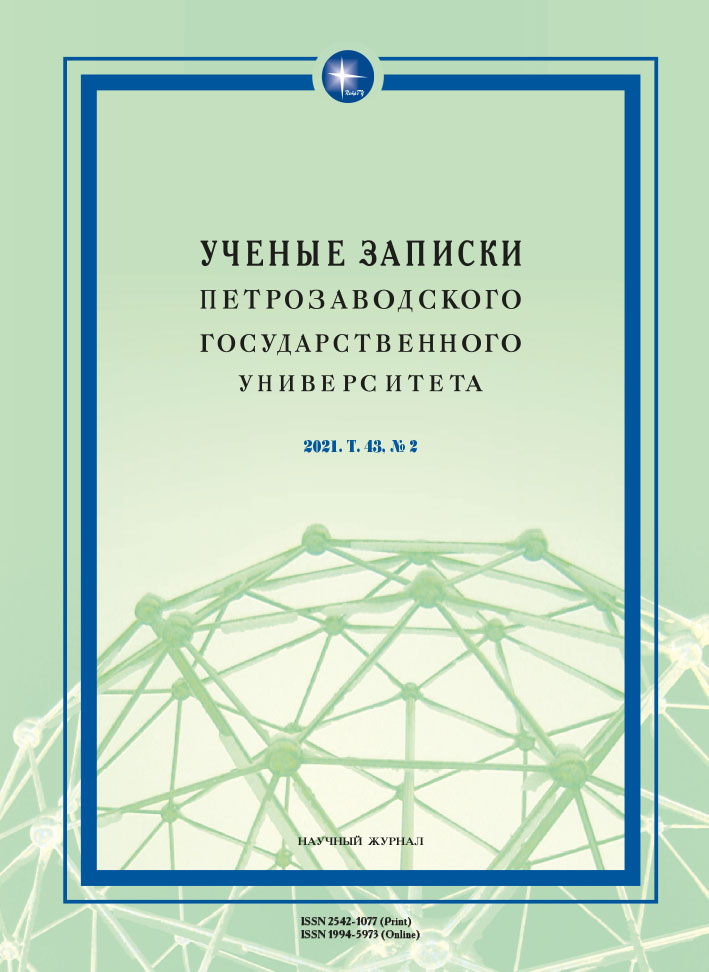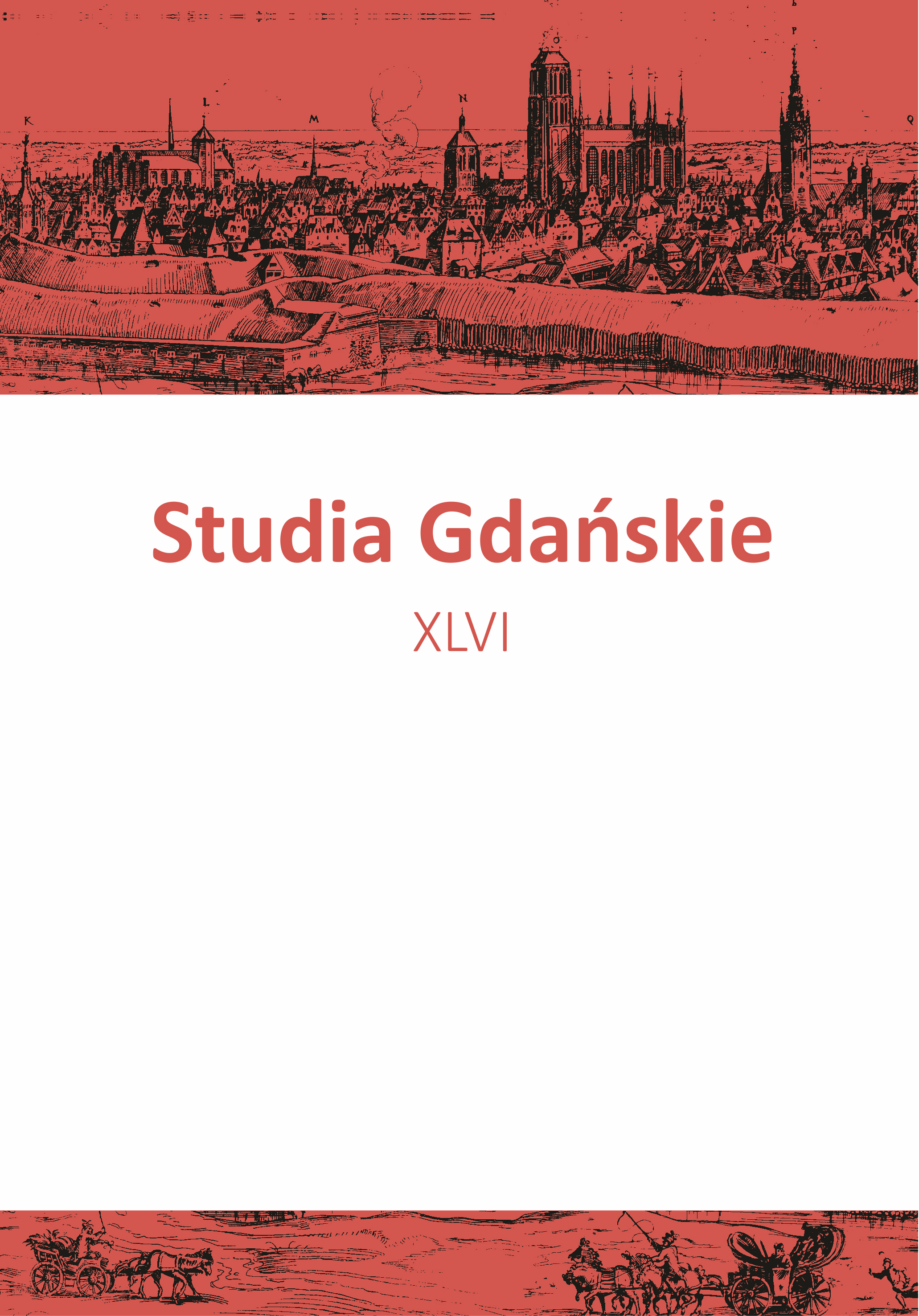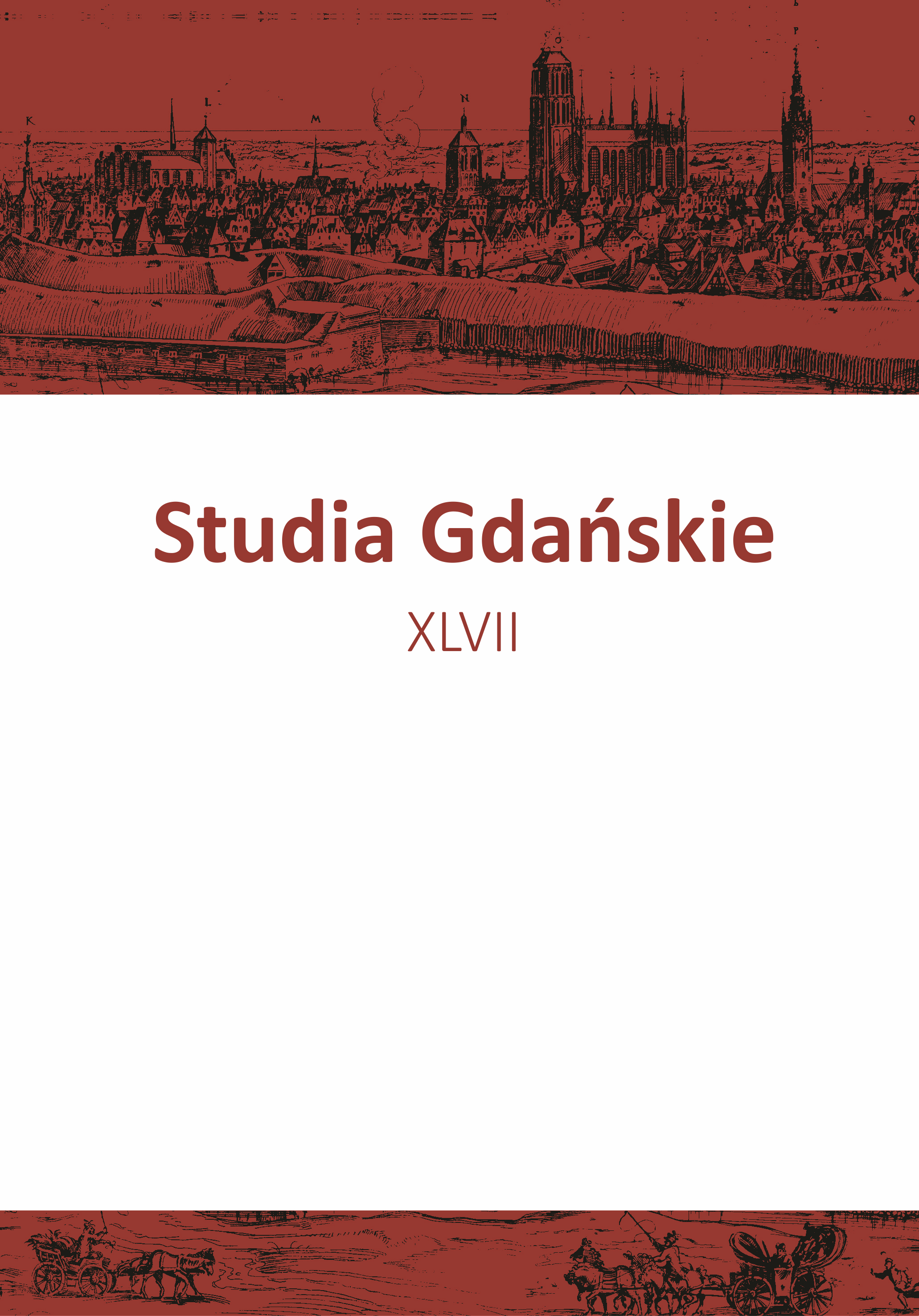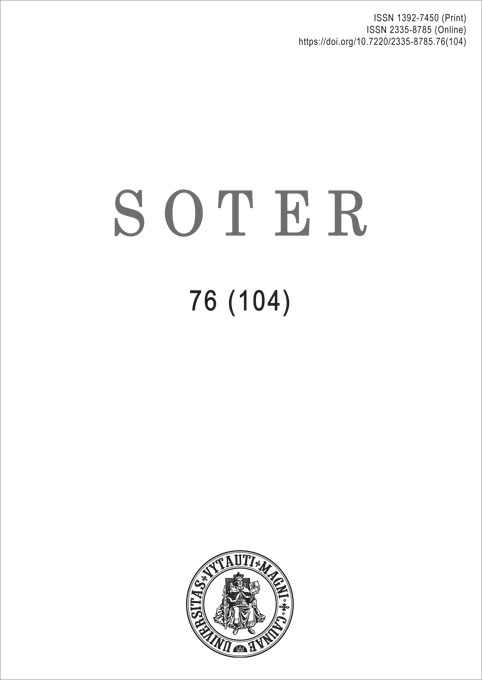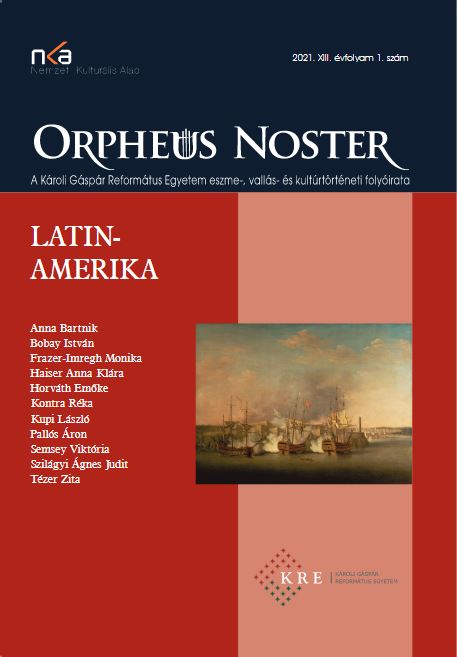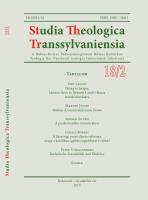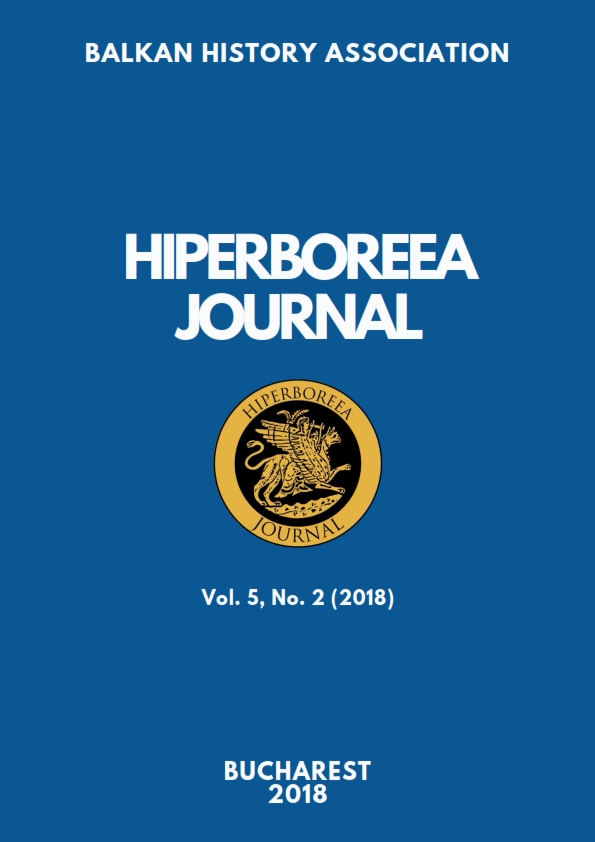
La Sainte déguisée en homme. Qu’est-ce qui change dans ce qui change ?
Surprising as it may seem, the many lives of saints, popular legends or hagiographies evoking, in the Middle Ages, the conversion and the power of a faith which can work miracles, also relate the disguise of the women walking the path of salvation. Yet, in a culture that believes in transcendence, changes in appearance may have religious implications. The purpose of this article will then be to question the function of disguise in the process of conversion and the meaning which can be assigned to it, while highlighting the paradox of identity change.
More...
